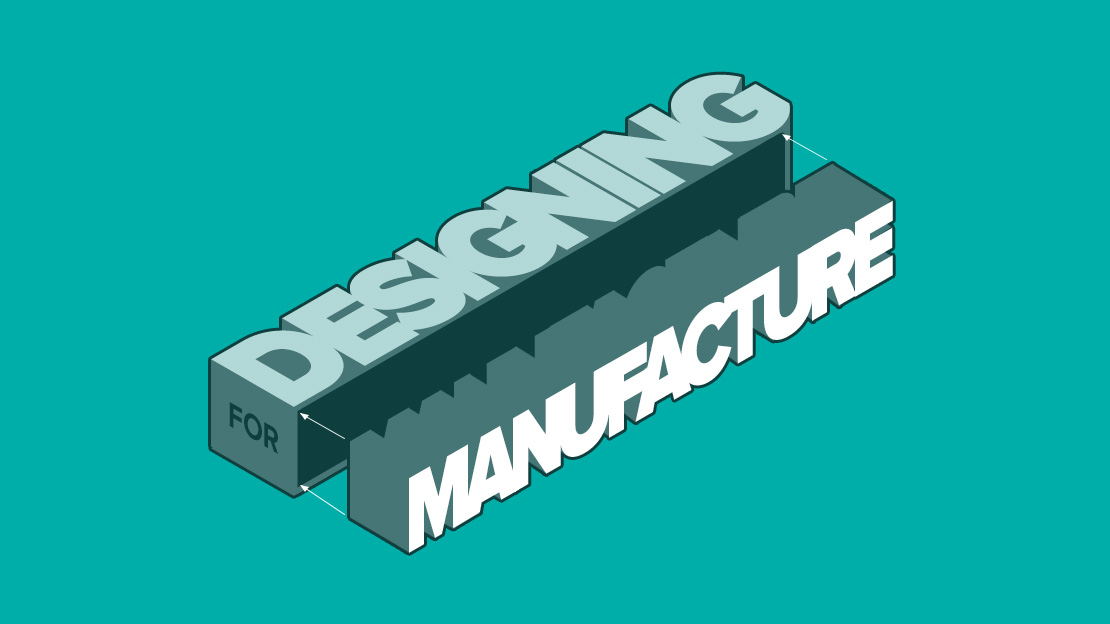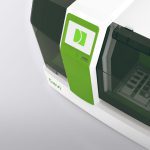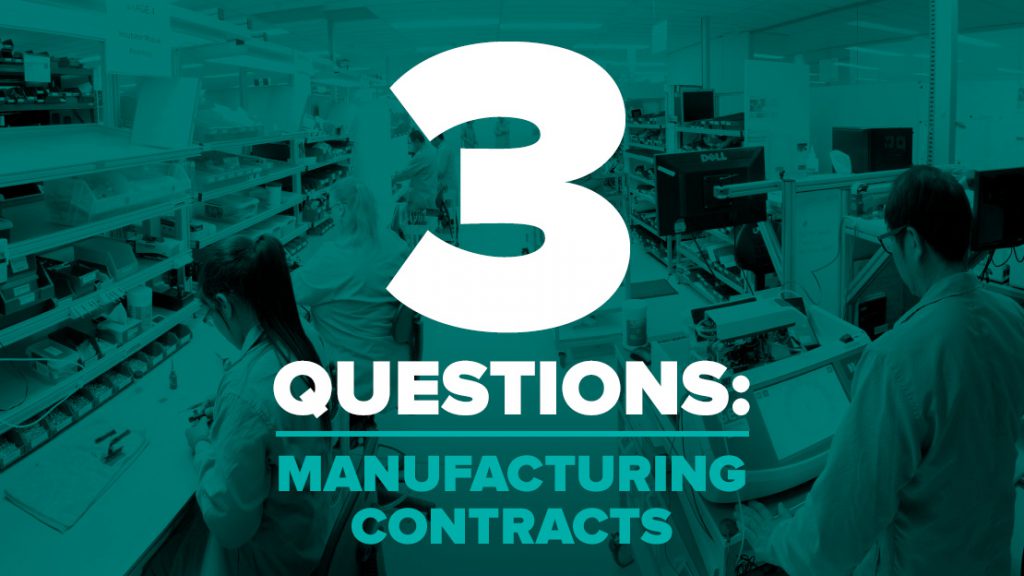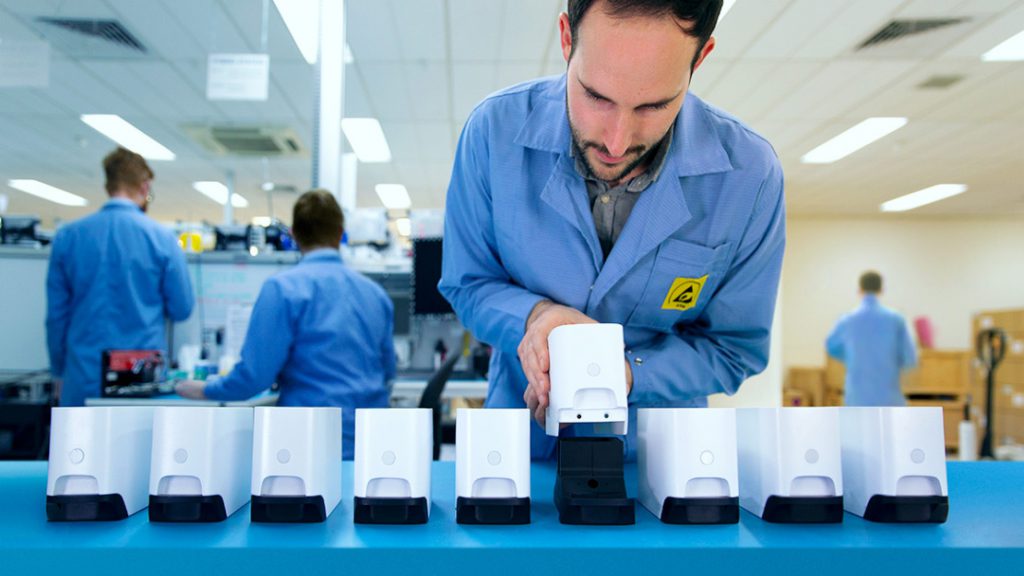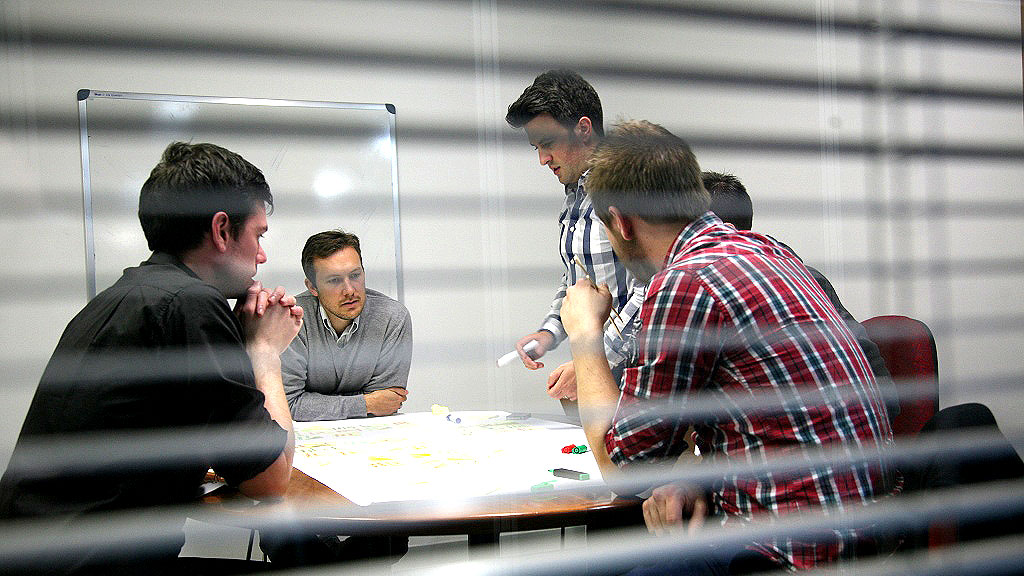
When designers work with manufacturing experts from the start, their clients are the winners. Why? Costs fall, profits grow and products have a better chance of success.
In my 40 years in the industry, I’ve worked both sides of product development: as a designer taking ideas to prototype, and as a contract manufacturer, taking prototypes to mass manufacture. While it may seem obvious that new products need to be designed in a way that makes it possible to manufacture, in practice it is often easier said than done.
To be honest, there can be a bit of tension between the two disciplines. The goals of designers (usually around form, function and usability) do not always align with the goals of manufacturers (production efficiency). The designers think manufacturers lack imagination. The manufacturers think designers have their heads in the clouds.
It’s my role as General Manager of PI Manufacturing to bring these two disciplines together and get everyone working towards a single end: commercial success for our clients.
How design decisions impact manufacturing
In developing any new product, designers make hundreds (if not thousands) of decisions. These decisions impact every aspect of a new product: how beautiful it looks, how easy it is to use, its size, its weight. All very important decisions.
Design decisions also affect the cost and ease of manufacturing. Even a small design decision, such as the position of a single screw, can make the final product more expensive to manufacture. Such unplanned costs can be devastating for clients if they are discovered too late: once the design is complete.
Everything is possible… for a price
Every design can be manufactured; cost is the issue. Problems arise because not all designers are aware of the costs of manufacture. And, even if they are, they are not trained to forecast how much it will cost to build, test and qualify the product they have designed. That is the manufacturer’s area of expertise and is the reason that we work with our clients and designers from the start. Our job is to make sure both designers and clients know what kinds of design decisions can affect the manufacturing cost. These include:
- Part “count” (the number of components)
- Number of custom components vs off-the-shelf components
- Complexity of the assembly
- Expense of the materials (plastic vs titanium)
- Finish on the materials (rough vs polished)
- Tolerances (variations from the nominal) for each component
- Location, number and reliability of suppliers
- And many more
Don’t underestimate the value of co-location
In an ideal world, manufacturers are involved in the product development process right from the start. They offer guidance to designers on how their decisions will impact the cost and ease of manufacturing.
This is a lot easier when your design and manufacturing teams are all under one roof. While tools for remote collaboration are improving, nothing beats a designer being able to walk over to their colleague in manufacturing and say “Hey, I’m thinking about doing this, how do you think that will affect manufacturing?”.
This integration between disciplines is one of the things I like most about working at PI. Having product designers and manufacturers all in one location not only makes it easier to work together on projects; it also creates an environment where innovation can flourish. Designers and manufacturers become friends, have lunch together, play basketball, ping pong and do yoga together. This encourages mutual respect and helps break down the traditional division between disciplines. Having a place where people with different perspectives feel comfortable sharing their ideas is a key ingredient for innovation.
PI’s commitment to co-location is actually how we ended up in our current Australian office in the Melbourne suburb of Box Hill. Designers would probably rather be in the edgier inner city, while our delivery trucks would prefer us to be well out of the city traffic – Box Hill is somewhere in the middle, and amenable to both.
Designing for assembly
At PI, as well as designing for manufacturability, we also promote design for assembly. This principle encourages designers to design for ease of assembly, thereby reducing assembly costs such as labor. This usually involves reducing the number of parts in a product and ensuring they can be easily put together (e.g. clip-together rather than glue).
Let me give you an example from PI. Our design team were developing a benchtop instrument for pathology tests. In one of the early designs, the machine needed five different screws. Our manufacturing team asked the question: ‘Can the number of screws be reduced from five to one?’ Our reason? The more screws of different kinds used in any machine, the greater the risk of human error during assembly. This could negatively impact quality and cost (if mistakes were made), and would mean we’d have to spend extra time developing processes to prevent those mistakes.
The designers took on the challenge. It wasn’t easy. It involved redesigning various parts of the instrument so they could click together safely. In the end, the design team reduced the number of screws from five to three and changed their positions to make it quicker and easier to assemble. It wasn’t the single screw the manufacturing team had hoped for, but we listened to why the designers needed those extra screws and agreed with them. Give and take. Good communication. That kind of intelligent trade-off depends on a good working relationship.
Conclusion
When designers and manufacturers work together from the start, great products are born, and they are profitable to make. This collaboration requires mutual respect and understanding on both sides. At PI, I’m pleased to say we have a great team of designers who know the value of working with manufacturing experts as they develop a product. And our manufacturers know how to contribute to the creative process without sticking a spoke in the wheels of design thinking. The real winners? Our clients.
Learn more about PI Manufacturing and PI Design.

